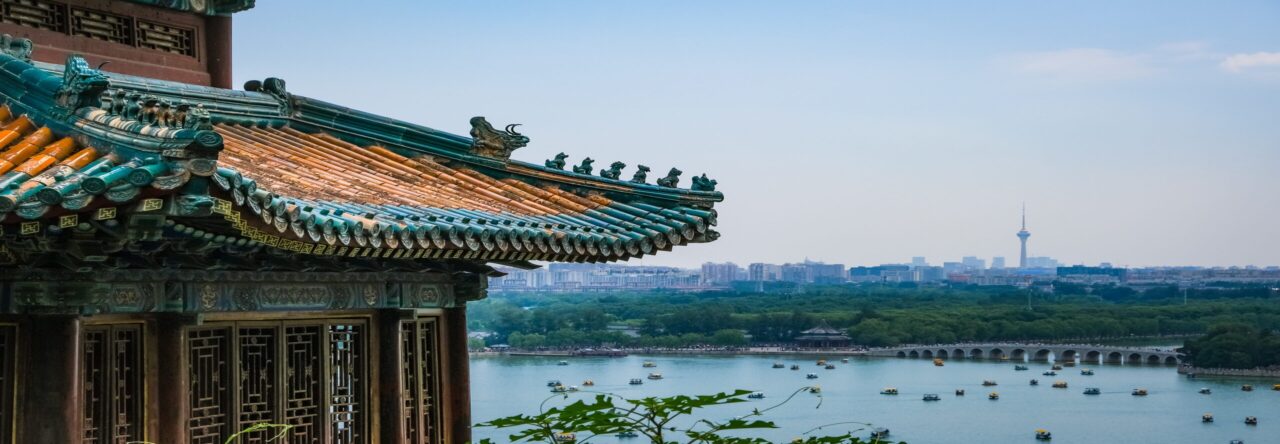
China’s track record concerning their interactions with ethnic minorities is–to say the least–not great. Human rights organizations have long decried the systematic abuses and violence that take place such as Xinjiang and along Tibetan borderlands. Military power is demonstrated to Taiwan on a regular basis. In this post, I will focus less on the physical altercations that occur between people of different ethnicities and the state. Rather, I would like to focus on the programs and information in place that maintains the power of the Chinese state through public opinion.
A population of over 1 billion means it is difficult to determine what “the Chinese” think of the state’s policies regarding ethnic minorities. Knowledge will obviously vary anywhere from ignorance to vehement opposition to abject denial. Generally, official Chinese narratives will emphasize “ethnic harmony,” where denial is policy. Xinjiang is portrayed as a community center of relevant training, culturally sensitive education, and general cooperation. While outside reports will assert the exact opposite, Chinese state media has made a concerted effort to discredit Western media as being anti-China for the sake of being anti-China (which, to be fair, is absolutely true in some cases).
The heavy moderation of Chinese social media makes it difficult to amass unfiltered opinions, however, the social media app “Clubhouse” hosted a “room” in which nearly 4,000 Han Chinese, Uyghurs, and other Chinese and Muslim ethnic minorities were allowed to freely discuss their opinions, tell their stories, and ask questions. While access to this app has since been shut down in Mainland China, this glimpse into the minds of everyday people was enlightening, to say the least. The convention of differing perspectives was short-lived, and there are few other cases like it coming from directly inside mainland China, but this unfiltered view into so many frames of reference was of great importance. Listen to a podcast with some of the room’s hosts here.
This is quite varied from the repetitions of government arguments: that Uyghurs are domestic terrorists, violent, and in need of control. Western pushback has all but firmly planted some in this rhetoric and all willingness to critically examine the government is lost. This is positively fed by state-run media outlets, and the cycle remains unbroken. The general positivity surrounding surveillance, in conjunction with the sentiment that Uyghurs are violent and dangerous, further that exact doctrine in the region of Xinjiang. As noted in a meeting with Dr. Alessandro Rippa, the familiarity imposed on Kashgar–a Uyghur-dominated city– through intense surveillance and a change from traditional architecture to a more familiar, modernized version makes Uyghur culture more palatable and consumable to these Chinese tourists.
Overall, the general sentiments of Chinese citizens are as hard to gather as any other country. Opinions are varied. Free and open communication is difficult. Bias is hard to address. What we can say, however, is that the State is making sure to keep a hard lid on the exact situation of thousands of Uyghur detainees. And they don’t seem keen on letting the pot off any time soon.

Tim Oakes
It’s important to note that there are many different groups of ethnic minorities in China, and many different kinds of relationships between ethnic minorities and the Chinese state. Some are very much ‘Chinese’ in general cultural and historical senses. While China’s policies towards Tibetans and Uyghurs violates their human rights in many ways, the situation is very different with other minority groups. As for Taiwan, there are ethnic minorities there too, but you would want to characterize China’s approach to Taiwan as also very different from its approach toward minorities.
All of that aside, your focus on ‘familiarity’ here is interesting, but seems to deserve more discussion. You might explore a bit more the aspects of Kashgar’s reconstruction that made it more ‘familiar’ to Chinese tourists. And perhaps more about Rippa’s views on this issue?
Tim Oakes
Just to add to the above comment about all the different kinds of minorities in China and their different relations with the state, Rippa’s book offers a great testament to this since he shows how borderland infrastructures (and state-minority relations) are so vastly different between Xinjiang and Yunnan.